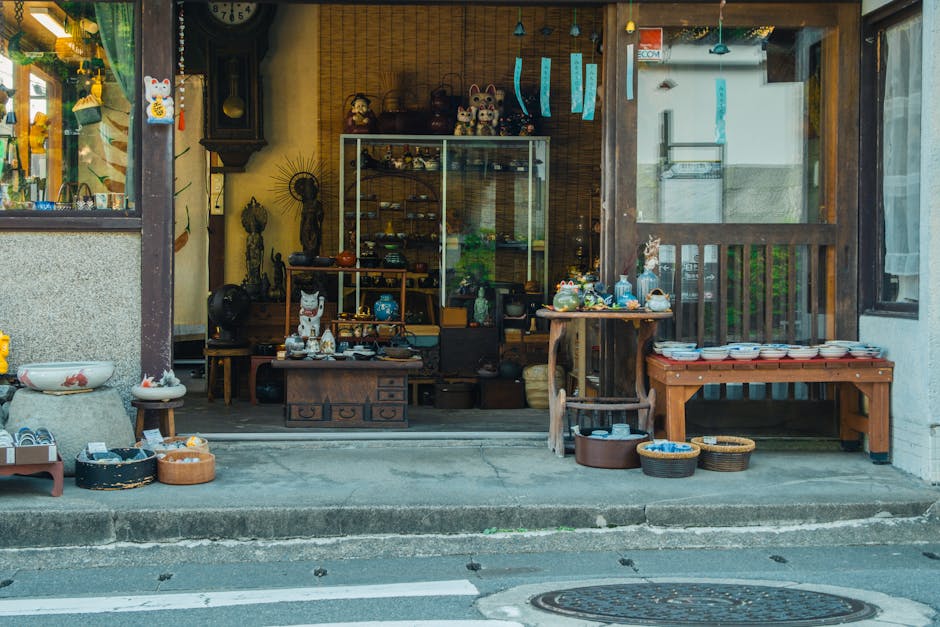
In an increasingly fast-paced world, there's a growing appreciation for items that carry history, artistry, and a touch of sustainable elegance. Among these, Japanese traditional crafts stand out, and none more so in its recent global resurgence than the humble yet versatile furoshiki. This traditional wrapping cloth, particularly through the practice known as '風呂敷ラッピング' (Furoshiki wrapping), is captivating hearts worldwide and proving incredibly popular among foreigners, breathing new life into ancient artistry.
The Enduring Legacy of Furoshiki
The furoshiki is far more than just a piece of fabric; it's a testament to Japanese ingenuity and aesthetic sensibility. Its origins can be traced back to the Nara period (710-794 AD), where it was known as tsutsumi (wrapping). By the Edo period (1603-1868), it earned its current name, literally meaning "bath spread," as people used it to carry clothes and spread on the floor while bathing at public bathhouses. From there, its utility expanded exponentially, becoming an indispensable tool for carrying goods, packaging gifts, and even decorating spaces.
What makes furoshiki truly remarkable is its inherent sustainability. In an era before disposable bags and single-use wrapping paper, furoshiki offered a reusable, elegant solution. This timeless practicality is precisely what makes '風呂敷ラッピング' so appealing today.
Artistry Woven into Every Thread
Behind every exquisite furoshiki lies the dedication of skilled artisans. These master craftspeople commit themselves not only to the technique but also to the very materials that bring their creations to life. Fabrics range from fine silks and delicate crepes to robust cottons and versatile rayons, each chosen for its drape, durability, and ability to hold vibrant dyes.
The patterns and colors are a narrative in themselves. Traditional motifs often depict elements of nature—cherry blossoms, waves, pine trees—or auspicious symbols representing good fortune, longevity, or prosperity. Techniques such as Yuzen dyeing, known for its intricate patterns and rich colors, or Shibori, a resist dyeing method that creates unique, textured designs, showcase the exceptional skill and unwavering commitment to excellence that defines Japanese traditional crafts. Each fold and knot in '風呂敷ラッピング' not only secures an item but also presents a piece of this rich cultural tapestry.
'風呂敷ラッピング': A Modern Expression of Tradition
The concept of '風呂敷ラッピング' has garnered significant appreciation globally because it seamlessly blends ancient tradition with modern values. For foreigners, it offers a fresh, eco-conscious alternative to conventional gift wrapping. Imagine receiving a gift beautifully enveloped in a reusable cloth that itself becomes part of the present, or can be repurposed as a scarf, a bag, or a decorative accent. This versatility is key to its widespread appeal.
Beyond its environmental benefits, '風呂敷ラッピング' is also an art form. Learning different tying techniques—from simple knots to intricate floral designs—allows for personalization and creativity, transforming a simple act of giving into a thoughtful gesture. It reflects a deeper respect for both the gift and the recipient, embodying the Japanese spirit of omotenashi, or wholehearted hospitality. The enthusiastic reception and the fact that it is so popular among foreigners highlights a shared global desire for beauty, sustainability, and meaningful connection in our everyday lives.
Embracing a Sustainable Future
The global embrace of '風呂敷ラッピング' is a powerful indicator of how Japanese traditional crafts are not merely relics of the past, but dynamic, relevant forms of expression that contribute to a more sustainable future. It's a gentle reminder that elegance and environmental responsibility can—and should—go hand in hand. As more people discover the charm and practicality of furoshiki, they are not only adopting a beautiful practice but also celebrating the enduring legacy of Japanese artistry.
Comments
Post a Comment